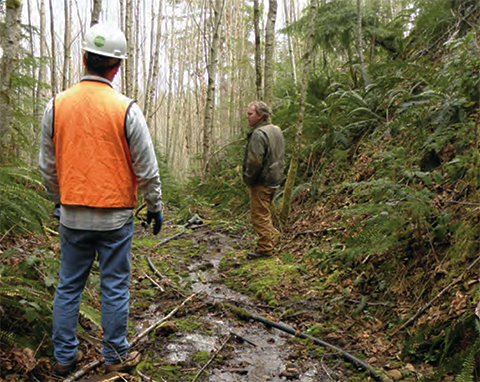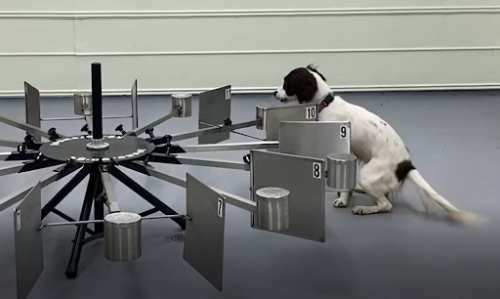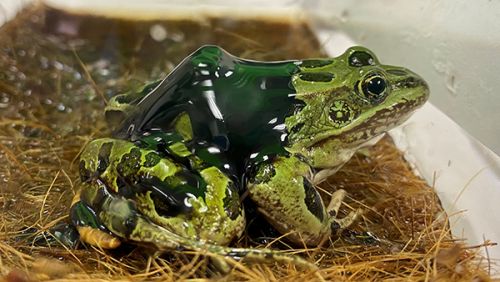CLEAN PACIFIC 2021 Conference: Dogs, Frogs, and Mercury
AUGUST 30, 2021 — On August 17 - 18, a number of OR&R staff participated in the CLEAN PACIFIC 2021 conference, held both virtually and in-person in Renton, Washington.

Presentations covered a broad array of topics, among them: managing hybrid in-person/virtual spill responses and exercises; wildlife issues and regulations, including a study of the short-term effects of crude oil exposure on Northern leopard frogs; emerging and evolving technologies, such as the use of drones in response, oil detection thresholds by canines, and subsea dispersant injection to reduce exposure of well control workers to VOCs (volatile organic compounds); transboundary and stakeholder issues; and inland prevention and response, including the complexities of cleaning up elemental mercury in the environment.
Each year, CLEAN PACIFIC brings together the tight-knit spill response community in the western U.S. and Canada, with the goal of delivering spill prevention, response, and remediation content that covers region-specific issues. The conference also offers ample time for attendees to network and cultivate the relationships that are crucial before, during, or after a spill response.
Overall, there was an open exchange of ideas, case studies, and best practices for stakeholders from government, environmental, emergency planning, and response industries. Participants represented the maritime, facilities, rail, and pipeline industries.
All sessions were livestreamed and made available on-demand immediately following the conference. In addition, several pre-recorded bonus sessions were offered.
CLEAN PACIFIC is part of the CLEAN Event portfolio, which includes the CLEAN WATERWAYS Conference (September 14-15, 2021; virtual or in-person in Louisville, Kentucky) and the CLEAN GULF Conference & Exhibition (November 16-18, 2021; in-person in San Antonio, Texas or on-demand). While the nature of each event is similar, each one draws a unique audience based on the physical response environment and regional differences.
For more information, contact Donna.L.Roberts@noaa.gov.


